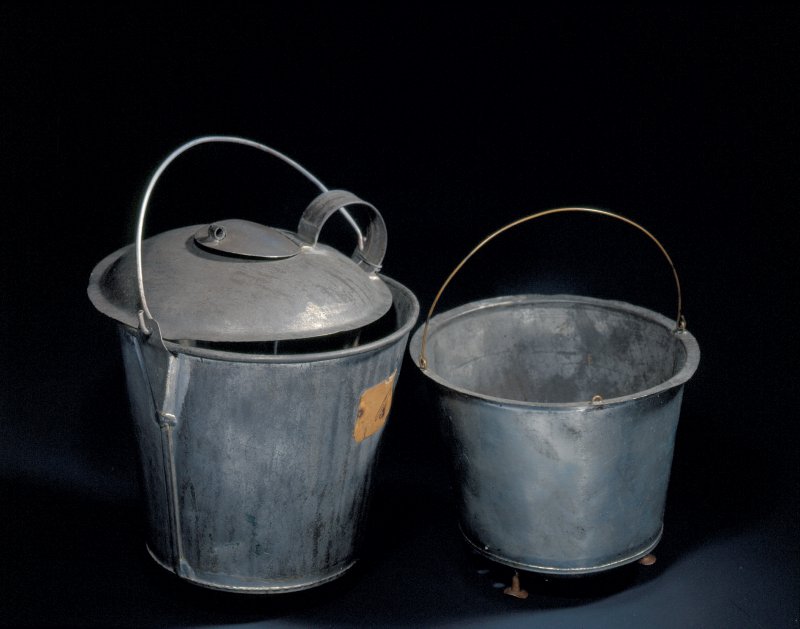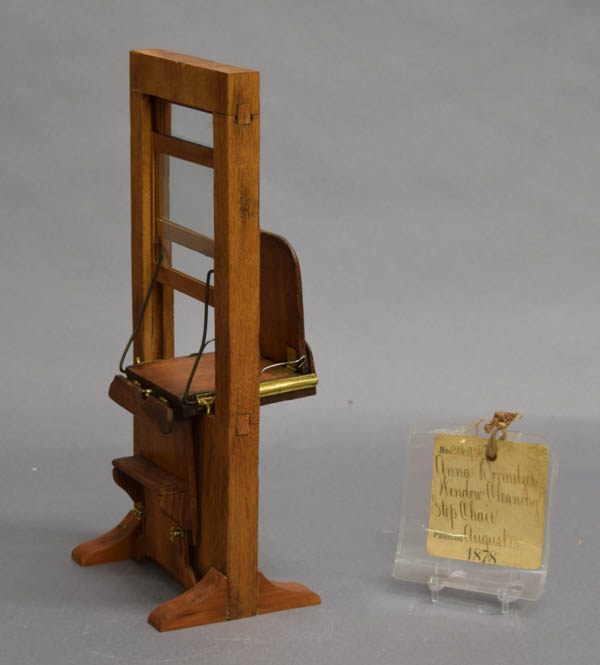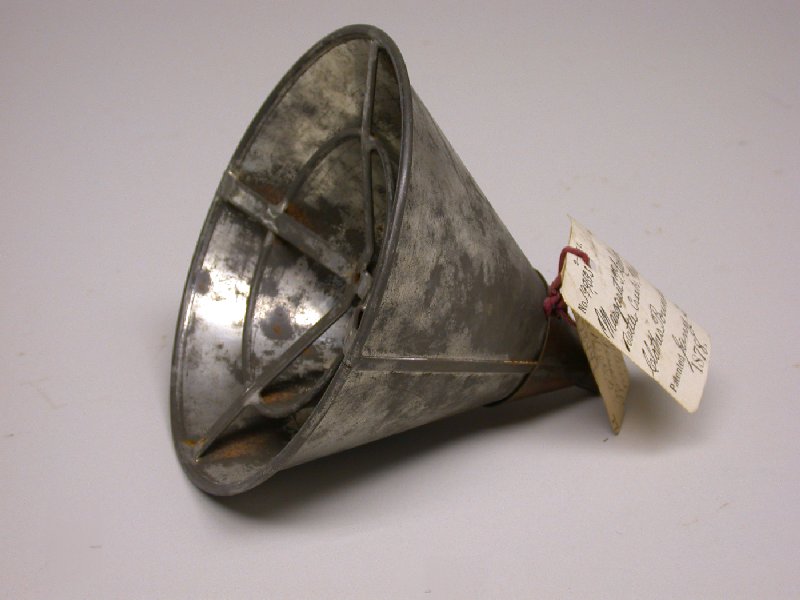During the nineteenth century, women were awarded less than 1% of all United States patents. Every day that a woman’s patent model is unpacked and processed here at Hagley, our ability to tell the story of women and invention in the nineteenth century grows.
As of March 2018, fifty-one have been processed out of eighty in the collection. They date from Clarissa Britain’s 1863 Improvement in Boilers for potatoes to Aquila Deschambaut’s 1899 Ironing Board.

All but two of these women are from the United States. Together, they represent seventeen states, the Dakota Territory and Washington, D.C. Most lived in the New England, Mid-Atlantic or Midwest with New York having the highest concentration of fifteen women patentees living there.
The exceptions are England’s Agatha Montleart’s 1864 Improved Means for Attaching Hooks to Furniture and Canada’s Paulina Herse’s 1879 Improvement in Cockle-Separators which removed cockle from grain.

So far, these patent models cover sixteen categories with the largest category consisting of laundry-related patents. Categories with more than one model represented include food-related, furniture, shoes, textile-related including sewing machines, medical, stoves, marine and horse-related items such as a stirrup.

Who were these women? We have been lucky to discover more information on a few of the women who exhibited their inventions in the women’s buildings at the U.S. World Fairs. For example, Margaret Plunkett Richardson was born in Macedon, New York in 1828. She married Ashley Colvin, a farmer, and had seven children. They moved to Battle Creek, Michigan where she received four patents for laundry improvements. Three were for clothes-pounders which operated by agitating the funnel attached to a wooden handle into a tub with soapy water and dirty clothes.
She was well known for her Triumph Rotary Washer which she displayed at both the 1876 Philadelphia Centennial Exposition and the 1893 Chicago Columbian Exposition. According to the patent: “when the cylinder is slowly revolved, first in one direction, then in the other, the buckets and tubes elevate and discharge the boiling suds-water on the rolling clothes with great impact-force, besides effecting a gentle squeezing and rubbing action, while the tubes aid very much in the disentangling and changing the clothes’ positions.”
Her husband made and marketed her machines. By the time of their death, they left their children a large amount of real estate they had acquired over the years.
These stories are fascinating and we eagerly look forward to learning more about these women. See more than 1,000 of our patent models online here.
Debra Hughes is the Museum Curator of Collections and Exhibits at Hagley Museum and Library.
